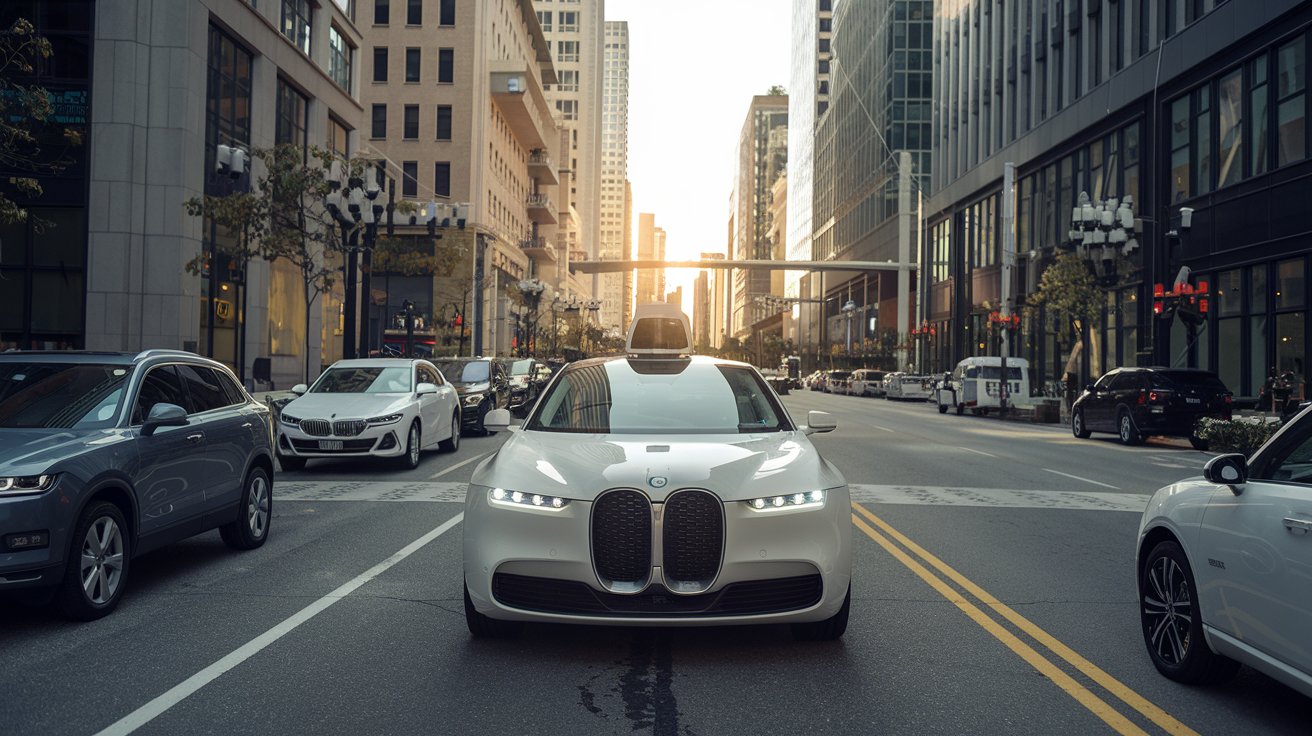Introduction
Autonomous vehicles, also known as self-driving cars, have been a futuristic dream for decades. With rapid advancements in artificial intelligence (AI), machine learning, sensors, and computing power, we are closer than ever to seeing fully autonomous vehicles on our roads. However, challenges related to safety, regulation, and infrastructure remain barriers to widespread adoption.
So, how close are we to a world where cars drive themselves? Let’s explore the current state of autonomous vehicle technology, the challenges ahead, and what the future holds.
Levels of Autonomy in Vehicles
The Society of Automotive Engineers (SAE) defines six levels of vehicle autonomy:
- Level 0: No automation—human drivers do everything.
- Level 1: Basic driver assistance (e.g., adaptive cruise control).
- Level 2: Partial automation (e.g., Tesla Autopilot, lane-keeping assist).
- Level 3: Conditional automation—cars can drive themselves in specific conditions but require a human to take over when needed.
- Level 4: High automation—vehicles can handle most driving tasks, but only in geofenced areas or specific conditions.
- Level 5: Full automation—no human driver needed, operates anywhere.
Currently, most vehicles on the road are at Level 2, with companies working towards Level 4 and 5 automation.
Current State of Autonomous Vehicles
Several tech giants and automakers are leading the race toward full autonomy, including Tesla, Waymo, Mercedes-Benz, and GM’s Cruise. Key advancements include:
- AI & Machine Learning: Vehicles use AI to learn and adapt to real-world traffic situations.
- LiDAR & Sensors: Advanced sensor technology helps cars detect objects, pedestrians, and road conditions.
- V2X Communication: “Vehicle-to-Everything” (V2X) technology allows cars to communicate with each other and infrastructure.
While autonomous taxis (like Waymo One) are already operating in limited test areas, we are still a few years away from fully driverless public transport.
Challenges to Achieving Full Autonomy
Despite technological progress, several obstacles need to be overcome:
1. Safety Concerns
- Self-driving cars must handle unexpected situations, such as pedestrians jaywalking or sudden weather changes.
- AI must be as safe (or safer) than human drivers to gain public trust.
2. Legal & Regulatory Issues
- Governments worldwide have different laws regarding self-driving cars.
- Who is responsible in case of an accident? The manufacturer or the owner?
3. Infrastructure Readiness
- Current road infrastructure is built for human drivers, not AI.
- Smart roads, better mapping systems, and 5G networks are needed to support automation.
4. Ethical Dilemmas
- How should an AI make life-and-death decisions in unavoidable accidents?
- Should it prioritize protecting passengers or pedestrians?
What Does the Future Hold?
Experts predict:
- By 2030: Level 4 self-driving cars may be available in select urban areas.
- By 2040: Widespread adoption of Level 5 vehicles, reducing traffic congestion and accidents.
- Long-term Impact: Autonomous vehicles will reshape ride-sharing, delivery services, and urban planning.
Companies like Tesla, Waymo, and Apple continue to push boundaries, making the dream of fully autonomous vehicles closer to reality.
Conclusion
While we are not yet at full autonomy, the future of self-driving cars looks promising. With advancements in AI, sensors, and connectivity, we can expect safer, more efficient, and smarter transportation. However, solving regulatory, ethical, and infrastructure challenges is crucial before self-driving cars become mainstream.
